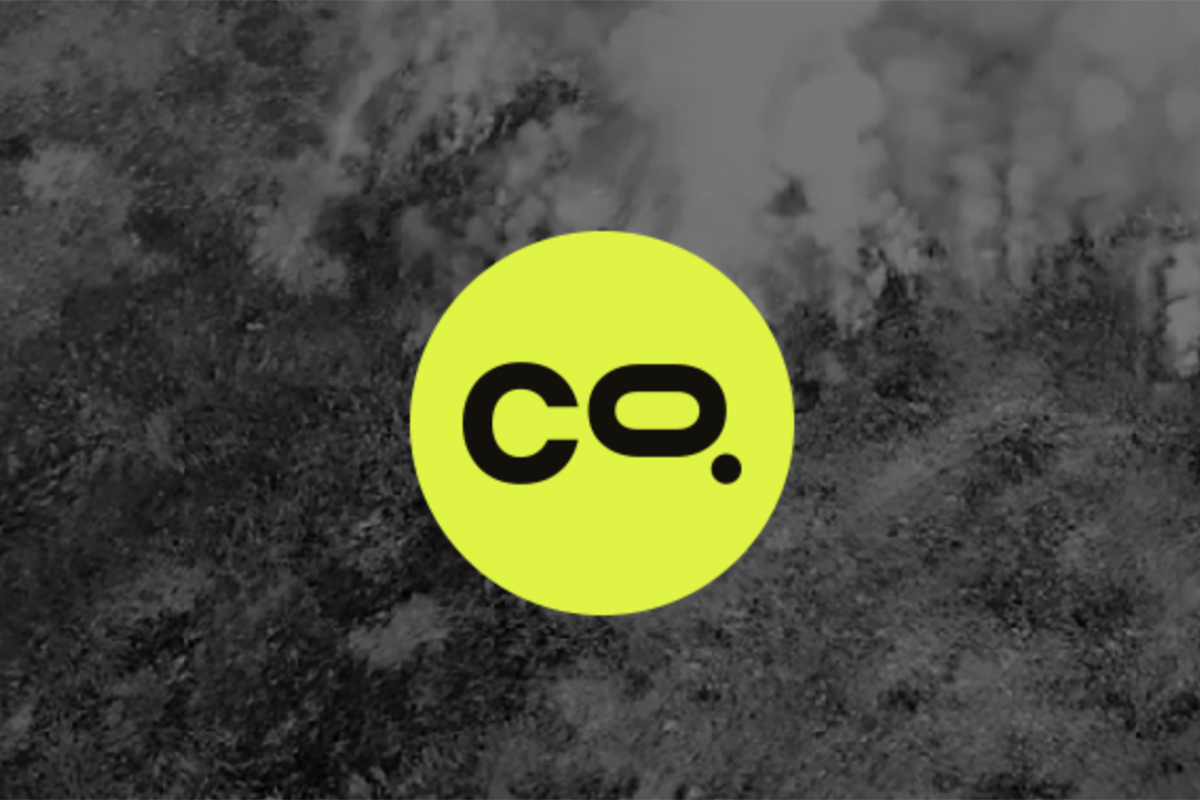The enormous energy costs and perceived environmental damage associated with some blockchain technology have put many people off investing. But a new form of digital asset is bringing green investment to the market.
By tokenising carbon credits Moss.Earth hopes to offer an easier, more transparent way for companies and individuals to offset their carbon footprint.
But what is Moss.Earth’s MC02 token? 27/7 Crypto spoke to the founder of the carbon credit token to bring you everything you need to know about green digital assets.
Follow 24/7 Crypto on Twitter for the latest news and developments as they happen
What is Moss.Earth?
Founded in São Paulo, Brazil, in 2020 Moss.Earth has quickly become of the world’s largest traders of carbon credits.
In their first eight months, Moss.Earth traded over 900,000 tonnes of carbon, making them the largest buyer of Brazilian carbon credits and one of the world’s largest carbon traders.
Moss.Earth buys up carbon credits from environmental conservation projects in the Amazon and then sells these as digital assets through its online platform.
“No other company in history has sent so much money to Amazon conservation projects,” founder Luis Felipe Adaime told 24/7 Crypto.
He has now sent $30 million to projects in the Amazon over the last two years.
Moss.Earth says its aim is to make “a historically complex process simple and transparent”.
What are carbon credits?
A carbon credit is essentially a certificate which represents one tonne of carbon emissions avoided in a year.
For example, if you buy a patch of Amazon rainforest that might otherwise be deforested, every year that forest is preserved you will have avoided the release of a certain amount of carbon.
Companies that own these ‘carbon sinks’ can then get their carbon avoidance audited and earn the right to sell the credits as digital certificates.
Companies can then buy up these credits and use them up, destroying the credit, and offsetting one tonne of emissions per credit destroyed.
Sign up to get our weekly and monthly metaverse news round-ups direct to your inbox
Who founded Moss.Earth?
Luis Felipe Adaime is a former vice-president at the bank Credit Suisse with a long, successful track record in traditional financial markets.
But the deforestation of the Amazon in his native Brazil spurred Luis to pursue a new path.
“I wanted to create a way to channel money to the forest,” Luis told this website.
“That’s why I left the financial market.
“I found out that the reason people deforest is that forested land is super cheap. One hectare of forest in the Amazon goes for $100. People buy one hectare for $100, they burn it and you resell for $500.
“What I started thinking was if the forested land was £1,000 ($1,236), people wouldn’t do that, and the way we get the value higher is by generating a demand for carbon credits.”
What is Moss.Earth’s MC02 token?
While carbon credits may sound clever in theory, Luis claims the system is outdated.
He said: “The main problem, historically, is that it’s a digital asset that has always traded over the counter. When a large company wants to buy carbon credits, they call a broker in Europe to call the broker in Africa or Brazil to call the broker in the Amazon and then they all call each other back and the transaction takes six months to one year.
“This is not only highly inefficient but the registry where these transactions are recorded have had many instances of fraud and double-spending [the same credit being sold multiple times]”.
The MC02 token aims to solve all of these problems by putting carbon credits onto the blockchain, eliminating double-spending, and increasing transparency.
“It’s like we’ve replaced the registry,” Luis said.
When an MC02 holder ‘burns’ one of their tokens, Moss.Earth automatically updates the register, using up the associated carbon credit and redeeming the carbon offset.
Where can you buy MC02?
MCO2 is available on most major coin exchanges including Coinbase where the token trades at $5.82 at the time of writing. More information can be found about MC02 and the Amazon NFT series on Moss.Earth’s website.
Where does the money for carbon credits go?
When you buy an MC02 token, or any carbon credit, you are not directly supporting a conservation project.
Luis said that instead you are “buying the fruits of their labour”.
Moss.Earth buys credits from several independently audited projects in the Amazon, including those neighbouring the “Arc of Deforestation” areas of high deforestation risk.
The founder added: “We’re buying wholesale selling retail. The money goes to the project from the minute we buy in bulk. We’re like a carbon credit Walmart.”
What are Moss.Earth’s Amazon NFTs?
Moss.Earth purchased 150 hectares of forested land in the Blue River Farm estate in Brazil and has opened opportunities to purchase fractions of this land in the form of non-fungible tokens.
Luis said the NFTs are unique as the buyer is actually purchasing a deed to the land, with Moss.Earth acting “as a custodian for people who want to own their piece of the forest”.
Purchasing the NFT indirectly signs an agreement not to do anything with the land that would interfere with its conservation. Furthermore, 30 per cent of the sale price is set aside for the land’s conservation which will be managed through a ‘bankruptcy remote’ DAO (a decentralised way of managing projects) to protect the land if Moss.Earth was to collapse.
However, NFT holders are the legal owners of the land and are free to visit their patch of forest to do anything “that does not impair the local ecological balance”. Moss.Earth has also partnered with Descartes Labs to allow buyers to digitally monitor their land with remote sensing devices.
One NFT is equivalent to one hectare (about a football field) of land and is currently on sale for $3000.
Follow 24/7 Crypto on Twitter for the latest news and developments as they happen
